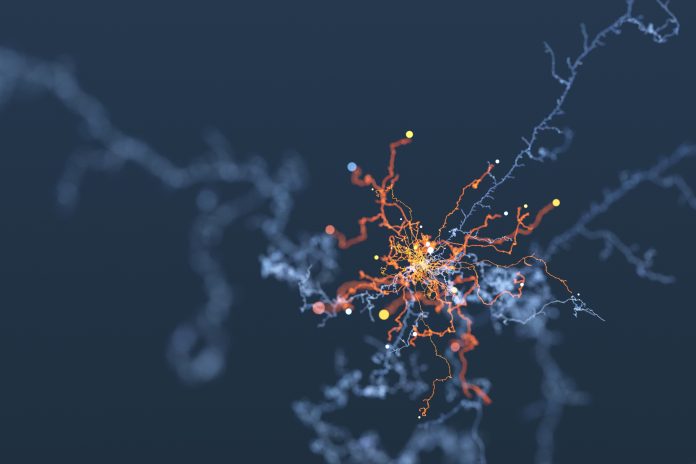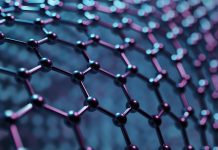Researchers investigate indoleamine 2,3-dioxygenase 2 (IDO2), an enzyme expressed in the brain, to shed light on its potential role in autism spectrum disorder (ASD)
The study led by associate professor Yasuko Yamamoto and her team from Fujita Health University in Japan presents a clear connection between ID02 and ASD, offering a new understanding of the genetic and biochemical nature of neurodevelopment disorder.
The research began with behavioural experiments involving mice and genetically modified mice lacking the IDO2 gene, referred to as IDO2 knockout (KO) mice. The IDO2 KO mice exhibited behavioural abnormalities reminiscent of ASD, struggling to adapt to new environments, displaying repetitive grooming, and showing limited interest in their surroundings. Social interaction tests further revealed difficulties in learning behaviours from other mice.
How ID02 affects the brain
To unravel the biochemical effects of IDO2 in the brain, the researchers examined alterations in tryptophan metabolites and the tryptophan–kynurenine pathway (TKP).
They found that IDO2 KO mice displayed significant dopamine release and uptake imbalances, particularly in the striatum and amygdala regions. This imbalance led to the down-regulation of molecules in the dopamine D1 receptor signalling pathway, including brain-derived neurotrophic factor (BDNF), crucial for neuroplasticity and the formation of new neurons.
Morphological analysis
Morphological analysis of neurons in the striatum revealed a higher density of underdeveloped dendritic spines in IDO2 KO mice.
The study further highlighted changes in microglia, resident immune cells in the central nervous system. In IDO2 KO mice, microglia in the striatum shifted from a ‘surveillant’ type to an ‘ameboid’ type, potentially affecting synaptic transmission and leading to synaptic abnormalities associated with ASD-like behaviours. Chemically restoring IDO2 production in genetically modified mice resulted in behaviours similar to those of normal mice.
Extending the research
The researchers extended their investigation to clinical brain samples, analysing 309 cases of ASD patients. They identified a 16-year-old girl with a mutation in the IDO2 gene, suggesting a potential link between IDO2 alterations and ASD symptoms.
Assoc. Prof. Yamamoto emphasised the significance of the study as a stepping stone for understanding the pathophysiology associated with IDO2. While acknowledging the valuable insights gained, she called for further research to further detail the underlying mechanisms.
How is this study useful?
This comprehensive study not only unravels the intricate role of IDO2 in the brain but also opens new avenues for research into the genetic and biochemical factors contributing to psychiatric and neurodevelopmental disorders.
The hope is that continued investigations into IDO2 and related enzymes will offer a deeper understanding of how autism develops and manifests, ultimately leading to more effective therapeutic interventions.
Editor's Recommended Articles
-
Must Read >> New AI system can diagnose Autism earlier
-
Must Read >> Tablet-based AI app revolutionises autism screening














